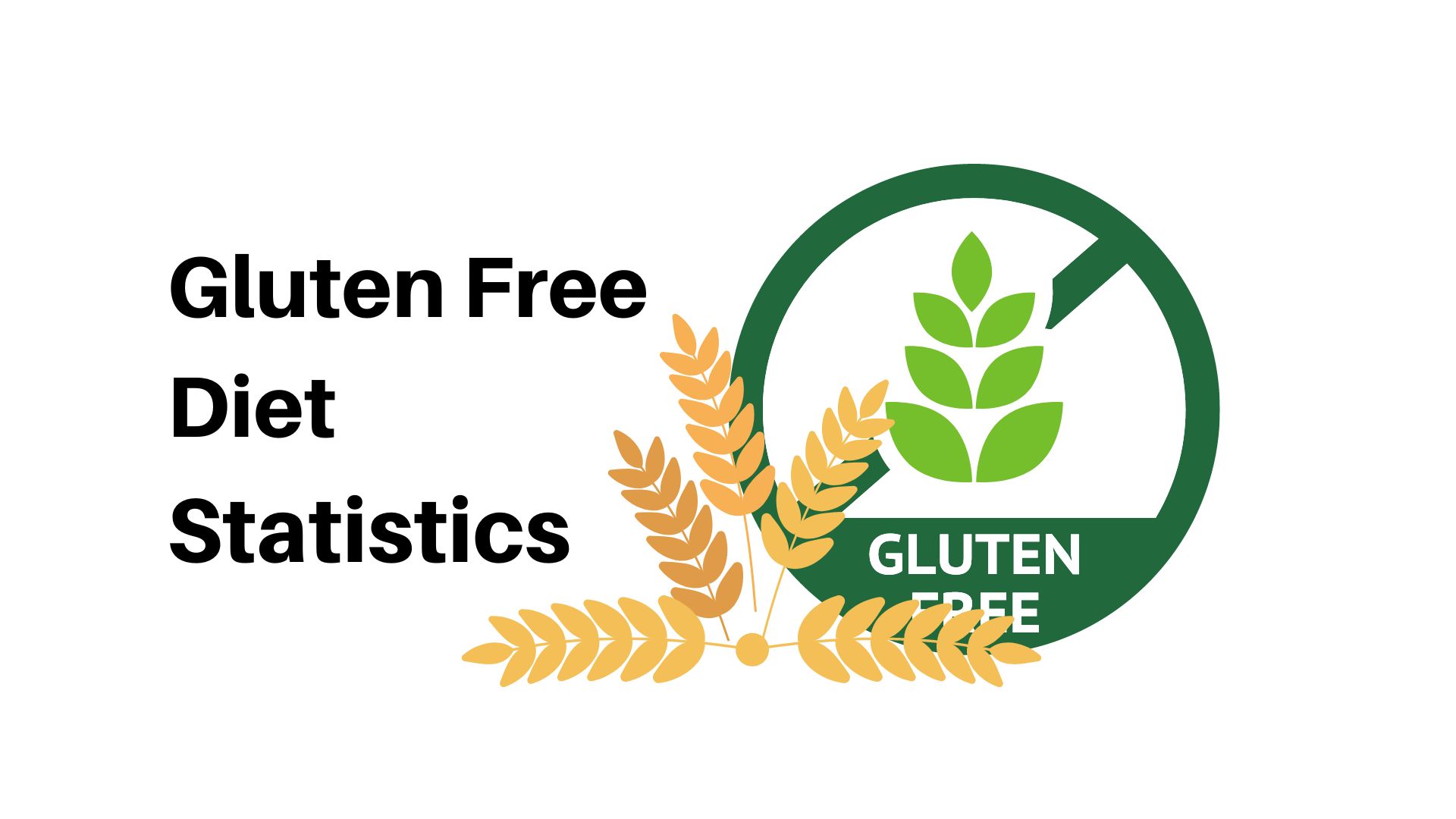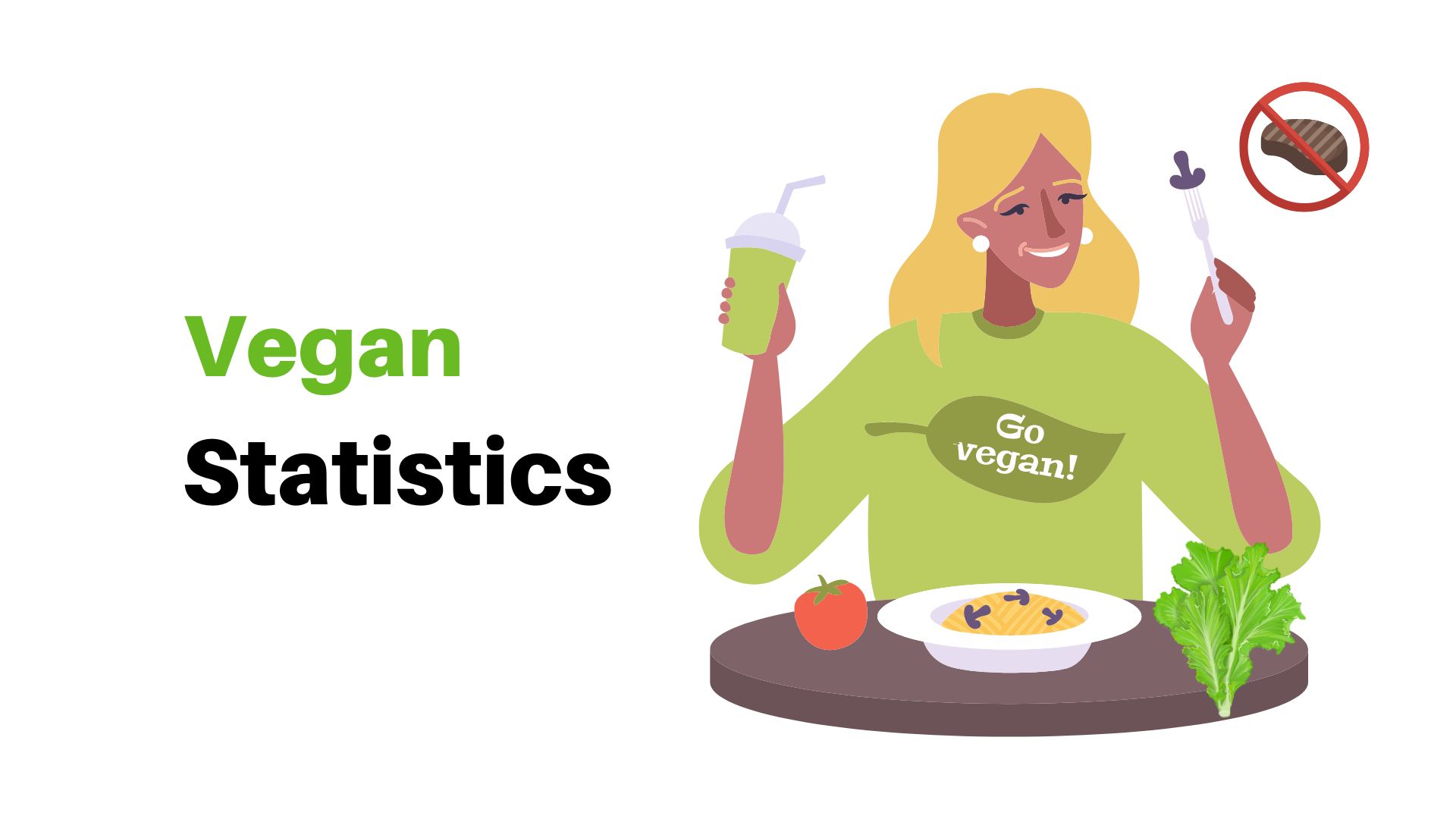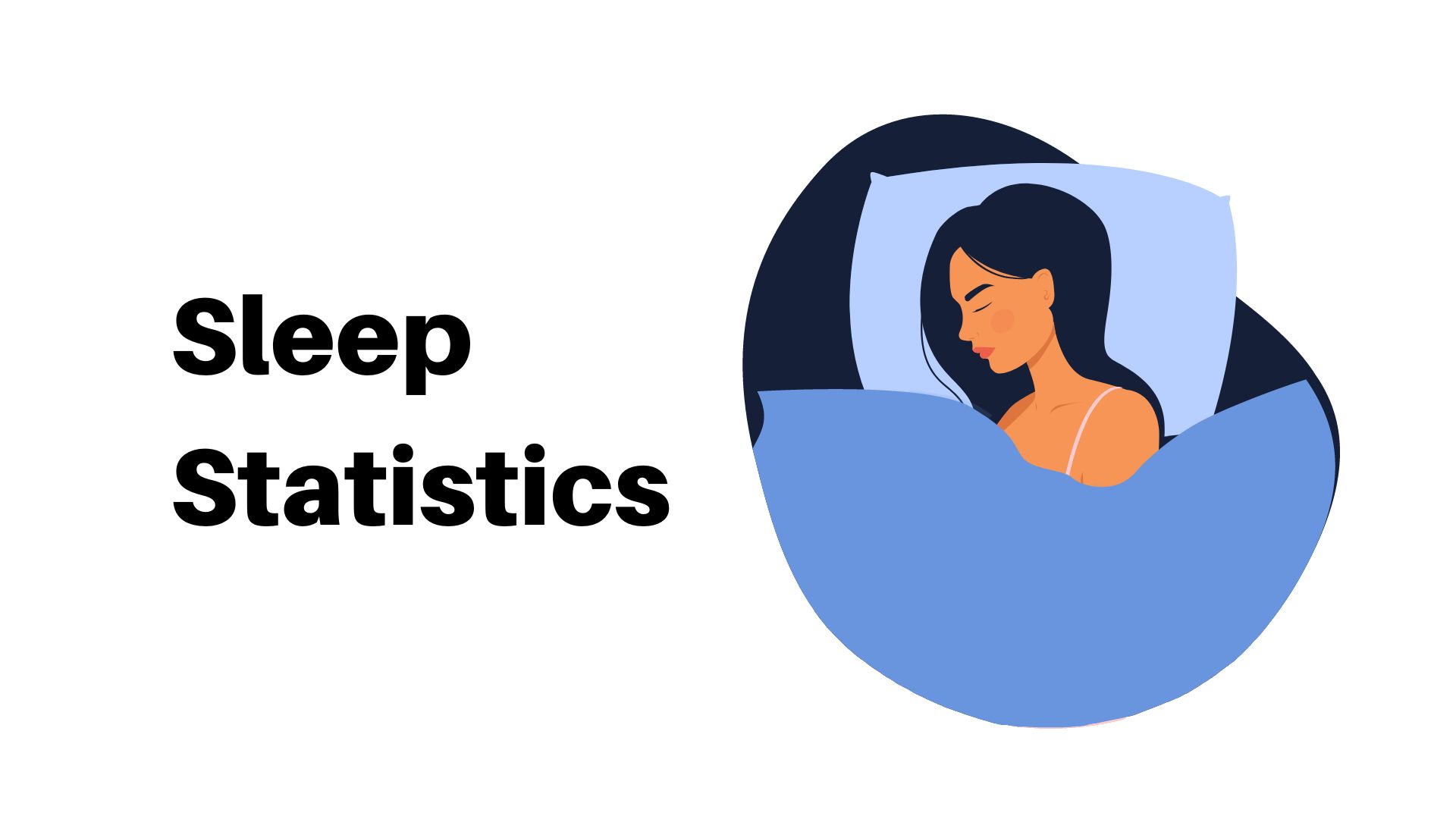How Many Calories in Rice? Facts and Health Benefits
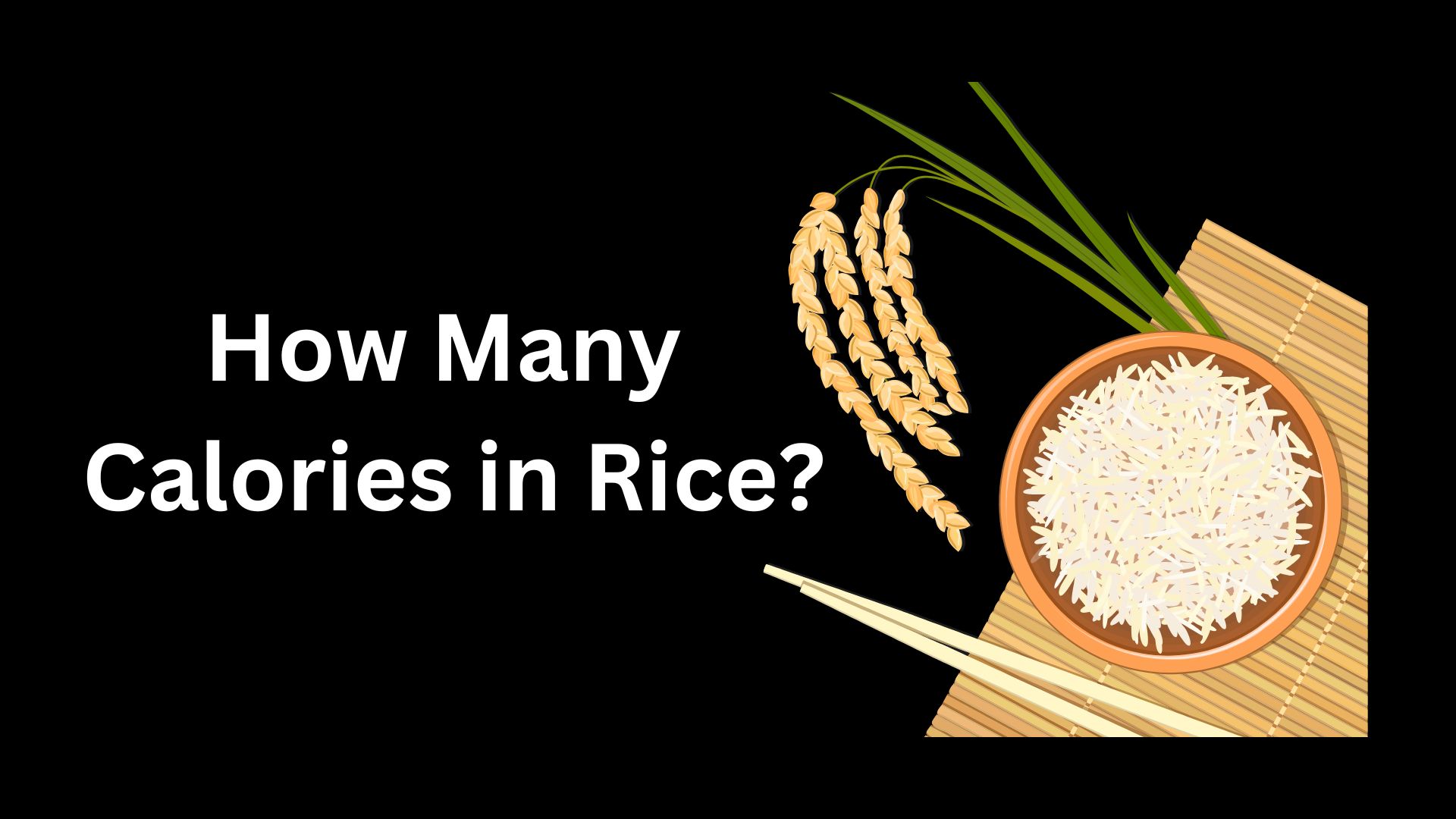
Page Contents
- Introduction
- Types of Rice
- Grain Size Differences
- Short Grain Rice
- Medium Grain Rice
- Long Grain Rice
- Health Benefits of Eating Rice
- Ways to Lose Weight By Eating Rice
- Nutritional Values of Rice Variants
- By General Type of Rice With 100 Grams
- By Various Recipes of Rice
- By Brown Rice
- By Black Rice
- By Red Rice
- Calories in Rice by Energy Amount Per 100 Grams
- Calories in Rice by Energy Amount Per 1 Cup
- Where Do The Calories Come From?
- Nutritional Facts of White Rice
- Top 3 Rice Recipes to Lose Weight
- Brown Rice Salmon Sushi
- Healthy Fried Rice
- Healthy Kimchi Fried Rice
- Conclusion
Introduction
Rice is a part of the cereal grain and most commonly a part of the plate all over the world. Rice is also measured in stable food which means it is often consumed with a dominant portion in the diet of an individual. The main types of rice are short, medium and long. Each type of these have many sub categories and various characteristics. Moreover, rice also plays an important part in the diet, because in its entirety it has small amounts of fibre, carbohydrates and calories as well as fats which are required for daily functioning of the body. How many of you have ever searched the question how many calories in rice are there? We have simplified the answer to your question in this article.
Types of Rice
- Sushi Rice – Sushi rice is a type of a short grain white or even brown rice. It has a sticky texture when cooked as well as it becomes tender and soft. This type of rice is made with sugar, salt, vinegar and brown or white rice.
- Parboiled Rice (Converted rice) – The rice which has been partially boiled along with its unsavoury outer layer is called Parboiled rice. This can improve the cooking time as well as rice texture. Moreover, doing this, it can naturally preserve minerals and vitamins of rice.
- Sticky Rice – Sticky rice is also known as sweet rice or glutinous. It is a type of long grain white rice with low amylose starch content, causing it to turn into a sticky texture when well cooked. This type of rice is cooked in East Asia and Southeast.
- Jasmine Rice – Jasmine Rice is cultivated in Thailand. This type of rice has a wonderful aroma as well as soft texture once cooked and becomes moist. It is commonly used in making Asian dishes. It is a type of long grain.
- Long Grain White Rice – The most commonly used type of rice is long grain white rice. It is included in culinary dishes of Mexico, Asia as well as America. It has no sticky texture and becomes fluffy when cooked. It is also available in brown rice, but white rice takes less time to cook.
- Bomba Rice – Bomba rice is a form of short grain rice hailed from Valencia, Spain. It also has a firm texture and requires more water while cooking as compared to others. It is a perfect fit for Mediterranean dishes and risotto.
- Brown Rice – Brown rice comes with tan colour because of the ingredients that gave it such as germ and bran layer. It has a more firm texture compared to white rice, and it is full of vitamins, minerals and fibre per serving. Brown rice has no associated special recipes but it can act as a substitute for white rice to increase the nutritional value.
- Basmati Rice – Basmati rice has a dry, long and separate texture when cooked. Moreover, it has a pleasant aroma and taste. It is commonly used in Indian as well as other Asian cuisines. Most of the time, it is paired with pilafs, curry, dal and saffron rice.
- Black Rice – Black rice in other terms called forbidden rice has its colour from anthocyanins. Anthocyanins also can be found in blackberries as well as in blueberries. It can come in any form such as short, medium or long. It is commonly used in Chinese cuisine such as soups, Bowls and rice pudding.
- Arborio Rice – Arborio rice comes in medium size. It is named after the town in Italy, Arborio in the Poo Valley. It has extremely high starch and therefore has a sticky texture. When cooked it can create a creamy texture.
- Polished rice – This type of rice is milled to reduce or remove the bran, germ and husk.Moreover it is polished to increase the shiny texture. Polished rice is extremely unhealthy to eat as it has a reduced level of nutritional value.
Grain Size Differences
Short Grain Rice
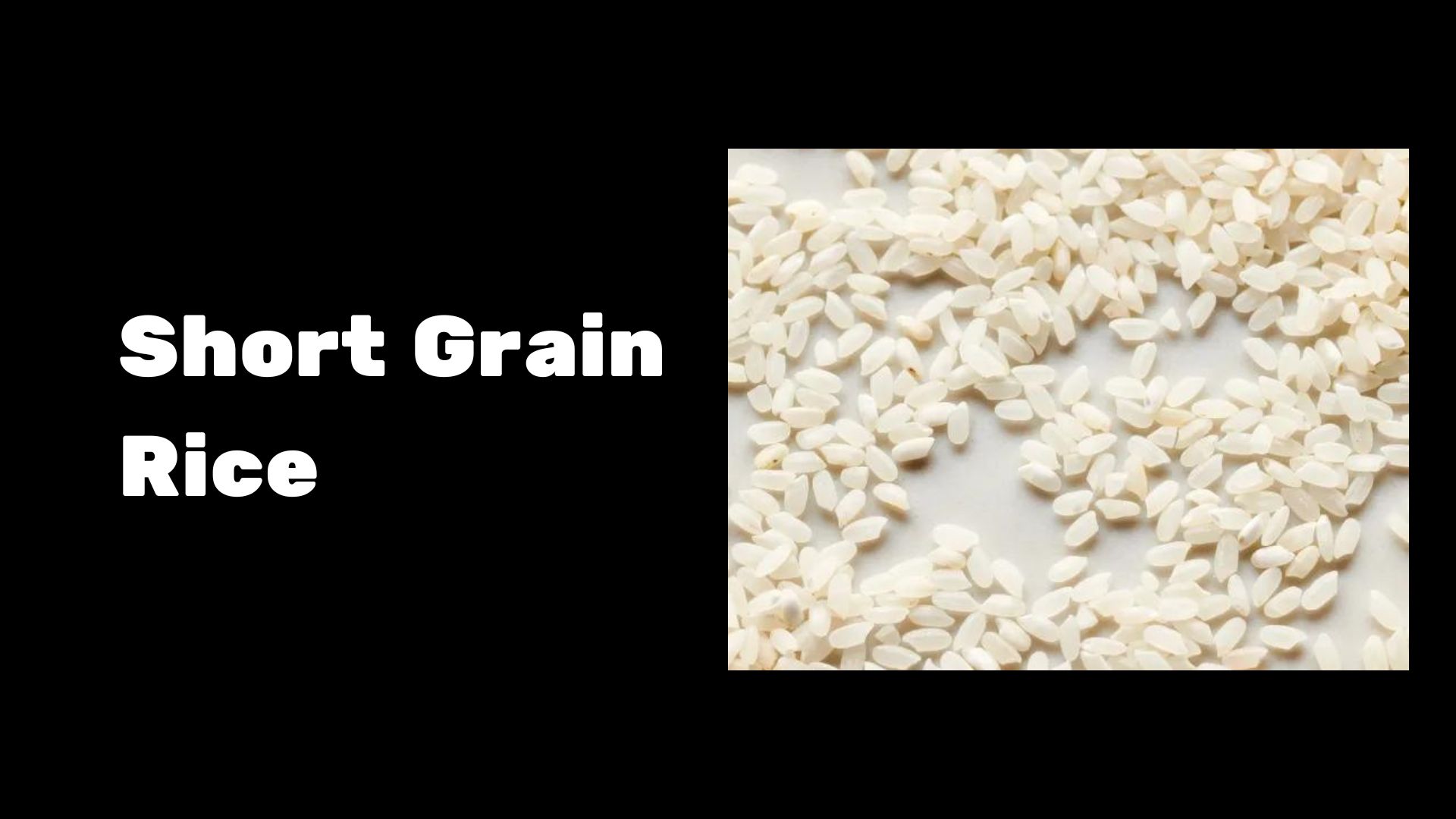
Short grain rice is less than 5.5 millimetres. When it is cooked it becomes tender and soft, and has a sticky texture. It is commonly used for rice balls, sushi and poke bowls.
Medium Grain Rice
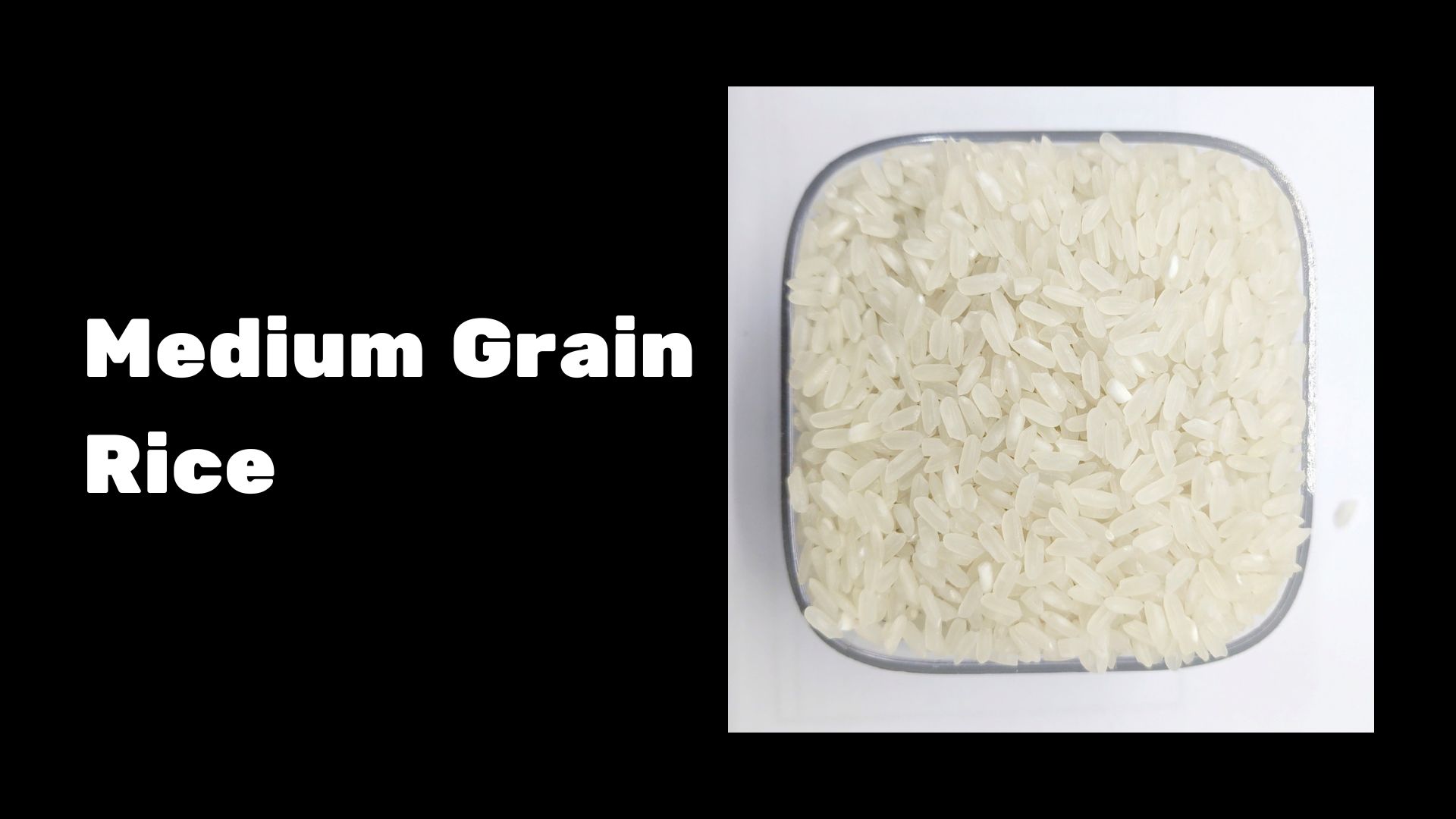
Medium Grain Rice is around 2×3. It also has a slight sticky texture when cooked and becomes tender and chewy as well. It is compatible with risotto, side dishes and paella.
Long Grain Rice
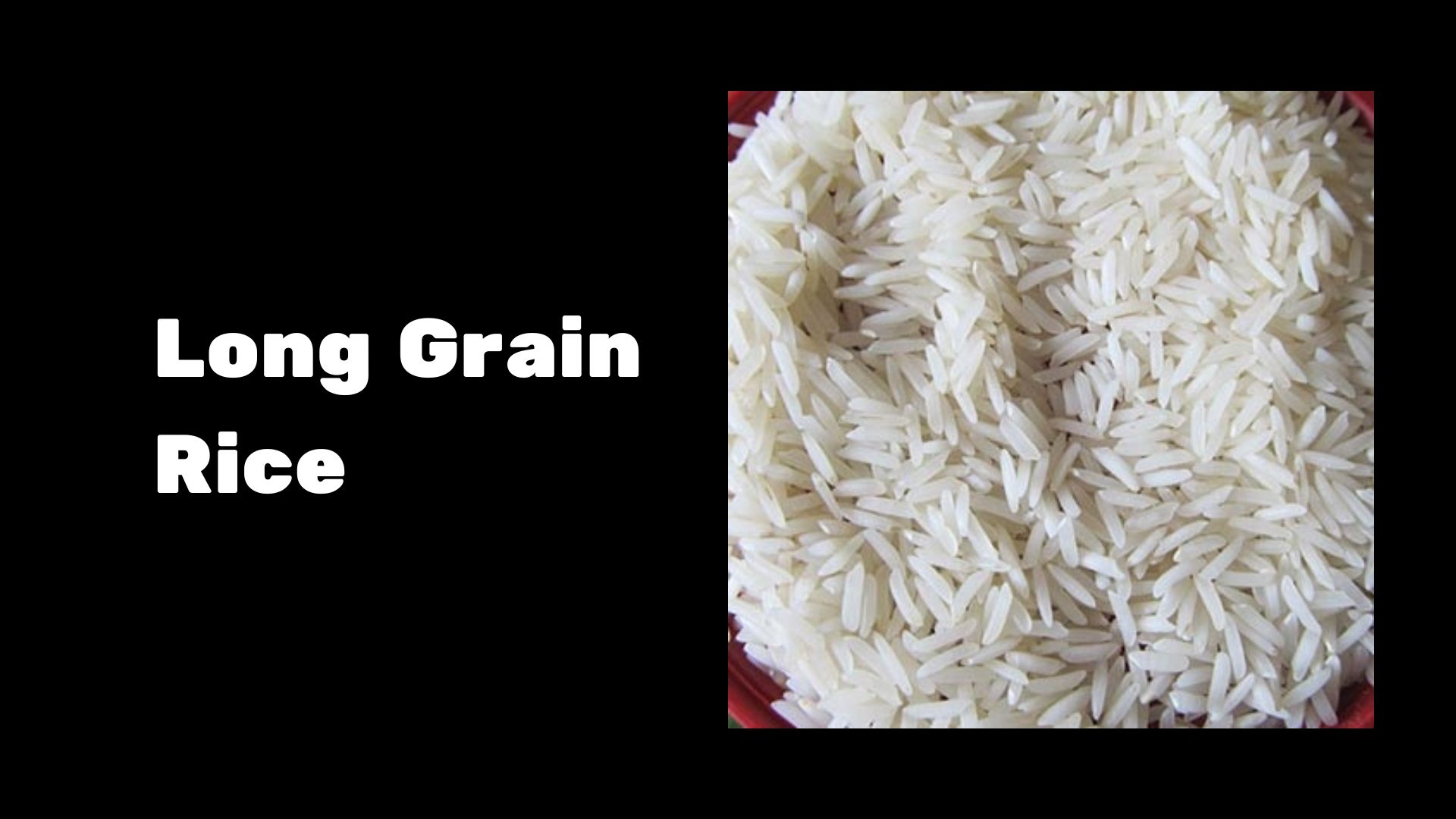
The long grain rice is 6.61 to 7.5mm in length. It is light when cooked and separated. It is used for making casseroles, stir fries, pilafs and bowls.
Health Benefits of Eating Rice
Health benefits of rice are considered only when it is consumed with a measured diet. Excessive consumption of rice can aid in weight gain.
Benefits of Rice.
- Provides nutrients and carbohydrates to the body.
- It is also a good source of protein.
- Consumed under limit, it can prevent weight loss.
- Rice eaten in small quantities can satisfy hunger.
- Since rice is rich in high fibres, it can reduce the development of cancer.
- Reduces heart related diseases in future.
- Keeps sugar levels as well as blood pressure level under control.
- It can act as an anti-inflammatory.
- It is gluten free.
- Provides energy to the body.
- Supports nervous system
Disadvantages of Rice
- Increased consumption of rice causes a bloated stomach because of carbs and starch.
- In order to follow healthy food consumption, perfectly cooked rice requires skills and time.
- Rice leftovers and incorrectly cooked rice plates can create poison in the stomach.
- Moreover, over consumption can lead to heart disease and cancer.
- Eating rice is the main cause of obesity and weight gain.
- If you are on a strict diet, you should avoid rice as it may lead to weight gain.
- Rice boosts sugar levels.
- Rice consumption can make you feel thirsty between your meals which could cause bloating.
- It can also lead to constipation.
Ways to Lose Weight By Eating Rice
Many fitness experts ask to avoid rice while on diet as it increases the calorie as well as carbohydrate intake in the body. For weight loss purposes your body needs to create a deficit of calories by consuming less calories that actually need to burn on a daily average. If you think of it, eating balanced rice can help you lose fat and also provide calories and carbohydrates to the body. Well cooked rice is gluten free, and full of B vitamins as well as can be easily digested.
Following are some tips on losing weight by eating rice.
- Match it with vegetables
Rice can be cooked with high fibre grilled vegetables such as broccoli, carrot, beans, asparagus, chicken breast, eggs, green peas, cabbage, spinach, lettuce, capcium, sesame, corn and alike. For better taste, you can use olive oil for a light cooked texture. If you like it raw, you can mix it in well cooked rice and as a topping with chilli flakes etc. It is advised to avoid deep or shallow frying of vegetables. - Go for Low-calories methods of cooking
Along with a perfect diet, you should avoid oily food, breads and sugary food and drinks. Cook in less or no oily methods (whenever possible). Steamed vegetables are mostly useful to lose weight. - Keep control on limited consumption
If you are planning to go on a diet, forget about those people who say dieting and losing weight is possible with all types of food consumption. In reality, your body requires some deficit that causes the weight to lose and if you are giving it every other type of food, then it will have a reverse effect.
Nutritional Values of Rice Variants
By General Type of Rice With 100 Grams
With 100 grams of cooked white rice, it provides the following nutrients: carbohydrates (28 grams), Fats (0 grams), Protein (2 grams), Sodium (1mg) and Potassium (35 mg).
Nutritional Fact:
| Rice Nutrients (100 grams) | Values |
| Carbohydrates | 28 grams |
| Fats | 0 grams |
| Protein | 2 grams |
| Sodium | 1 mg |
| Potassium | 35 mg |
By Various Recipes of Rice
Rice mixed with various items provide different nutrients as explained in the above chart. The majority of the recipes are made with plain cooked, white rice.
Nutritional Fact:
| Serving Size and Rice Variet | Calories |
| 1 cup rice calories or 100 grams rice calories (white rice, plain cooked) | 130 |
| 1 bowl rice calories measuring 233 grams (white rice, plain cooked) | 267.95 |
| Puffed rice calories measuring 100 grams (white puffed rice) | 402 |
| Lemon Rice (100 grams) | 146 |
| Coconut Rice (100 grams) | 150 |
By Brown Rice
The brown rice keeps the outer layer and the little part that can grow into a new plant. It's really good for you because it has magnesium, iron, and zinc. Plus, it has way more stuff that helps your tummy than white rice does. It doesn’t make your sugar levels go crazy like other foods might.
Nutritional Fact:
| Nutrients | Nutrients Per 100 g Serving |
| Total fat (Saturated fat)(Polyunsaturated Fat)(Monounsaturated Fat) | 0.89 g(0.179 g)(0.321 g)(0.325 g) |
| Cholesterol | 0 mg |
| Sodium | 301 mg |
| Carbohydrates(Dietary Fibre) (Sugar) | 22.78 g(1.8 g)(0.35 g) |
| Protein | 2.56 g |
By Black Rice
The black rice, also referred to as forbidden rice has among the most high concentrations of anthocyanins in foods. The black rice is rich in of nutritional value, just like brown rice. It also offers a distinctive flavor and nutty flavour. It is low on the Glycemic Index.
Nutrition Fact:
| Nutrients | Nutrients Per 100 g Serving |
| Protein | 5 g |
| Fat | 2 g |
| Carbohydrates (Dietary Fibre)(Sugar) | 38 g(3 g)(1 g) |
| Cholesterol | 0 mg |
| Sodium | 4 mg |
By Red Rice
Red rice is naturally pigmented. Its red hue comes from high levels of anthocyanins – the compounds responsible for giving fruits and vegetables their reddish-purple hue. Like brown rice, it offers high nutritional values with abundant fibre content.
Nutrition Fact:
| Nutrients | Nutrients Per 100 g Serving |
| Protein | 9.15 g |
| Carbohydrates (Sugar)(Dietary Fibre) | 102.12 g(0.53 g)(1.6 g) |
| Total fat (Saturated fat)(Polyunsaturated Fat)(Monounsaturated Fat) | 0.76 g(0.159 g)(0.296 g)(0.217 g) |
| Cholesterol | 0 mg |
| Sodium | 655 mg |
| Potassium | 244 mg |
Calories in Rice by Energy Amount Per 100 Grams
- White rice, long-grain and cooked, 100 grams = 130 calories
- Brown rice, long-grain and cooked, 100 grams = 111 calories
- White rice, cooked but glutinous, 100 grams = 97 calories
- White rice, long grain, cooked and parboiled, 100 grams = 123 calories
- White rice, long grain, parboiled and dry, 100 grams = 374 calories
- White rice, long grain- raw, 100 grams = 365 calories
- White rice, steamed 100 grams = 151 calories
Calories in Rice by Energy Amount Per 1 Cup
- White rice, long-grain and cooked, 1 cup (158 g) = 206 calories
- Brown rice, long-grain and cooked, 1 cup (195g) = 216 calories
- White rice, cooked but glutinous, 1 cup (174g) = 169 calories
- White rice, long grain, cooked and parboiled, 1 cup (158g) = 194 calories
- White rice, long grain, parboiled and dry, 1 cup (185 g) = 691 calories
- White rice, long grain- raw, 1 cup (185 g)= 675 calories
- White rice, steamed 100 grams, 1 cup loosely packed (132g) = 199 calories
Where Do The Calories Come From?
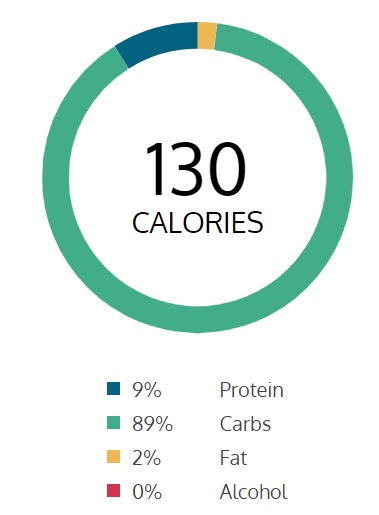
Nutritional Facts of White Rice
- Calories: 242
- Fat: 0.4g
- Sodium: 0mg
- Carbohydrates: 53.4g
- Fiber: 0.6g
- Sugars: 0g
- Protein: 4.4g
- Manganese:0.7mg
- Iron: 2.7mg
- Thiamin: 0.3mg
Top 3 Rice Recipes to Lose Weight
Brown Rice Salmon Sushi
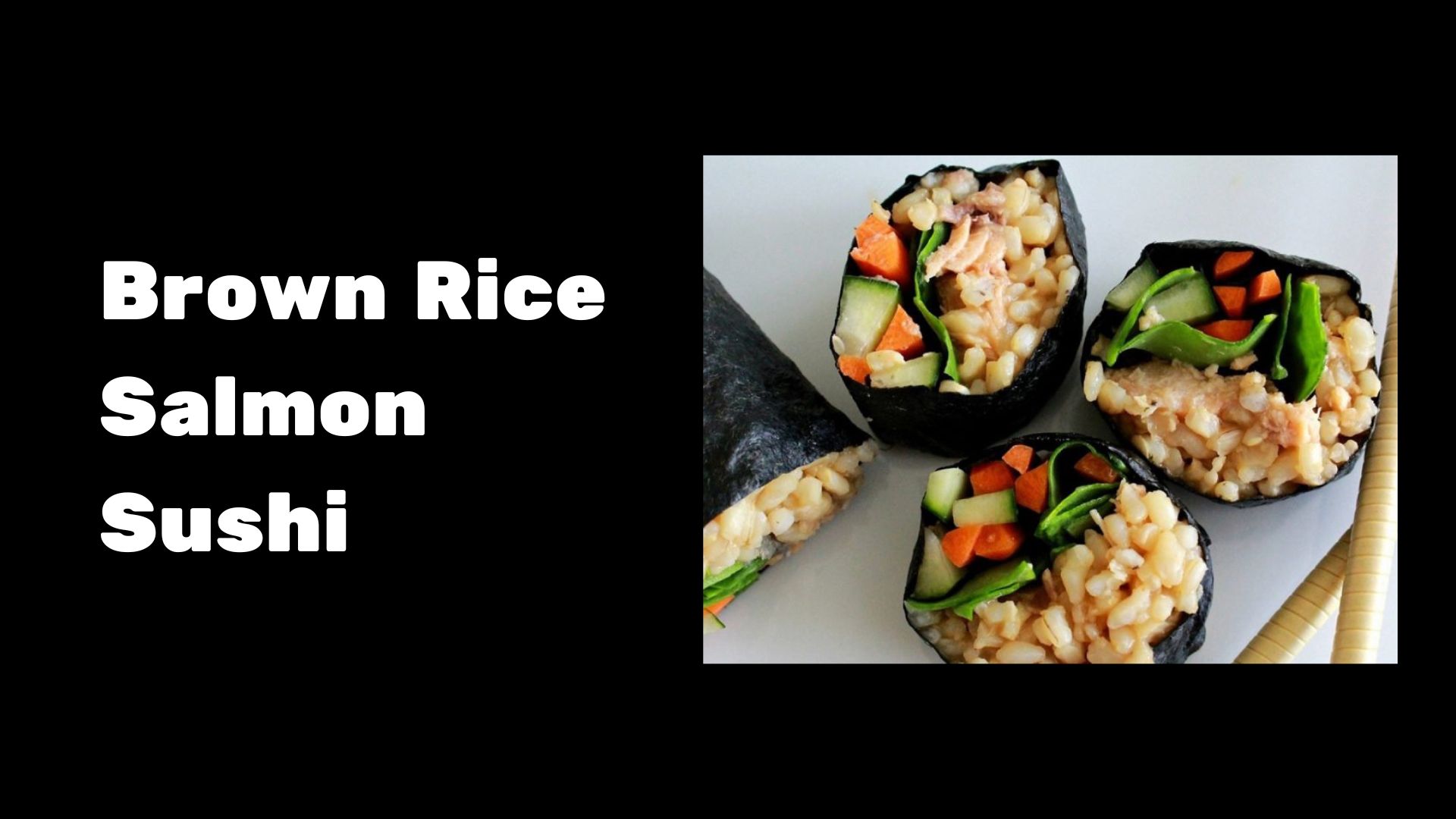
Ingredients: 1 chopped green onion, 1 ½ cups cooked brown rice, 2 tbsp brown rice vinegar, 1 ½ tbsp low-sodium soy sauce, 2 small carrots with sliced thin strips, 1 cup baby spinach, ½ cucumber, ¼ tbsp grated ginger, 2 tbsp brown rice vinegar, 4 nori seaweed sheets and 4 ounces of canned salmon.
Instruction: mix vinegar, ginger, green onion, grated ginger, soy sauce and brown rice in a large bowl. Place one sheet of nori, with a shiny side facing down, add veggies, 11/3 cup of rice mixture, 1 ounce of salmon. Roll the log and slice crosswise.
What Do You Get?
For 2 full rolls per serving 43 g Carbohydrate, 5g Fibre, 25mg cholesterol, 223 mg sodium, 4g sugar, 17g protein, 1g Saturated fat, and 291 calories.
Healthy Fried Rice
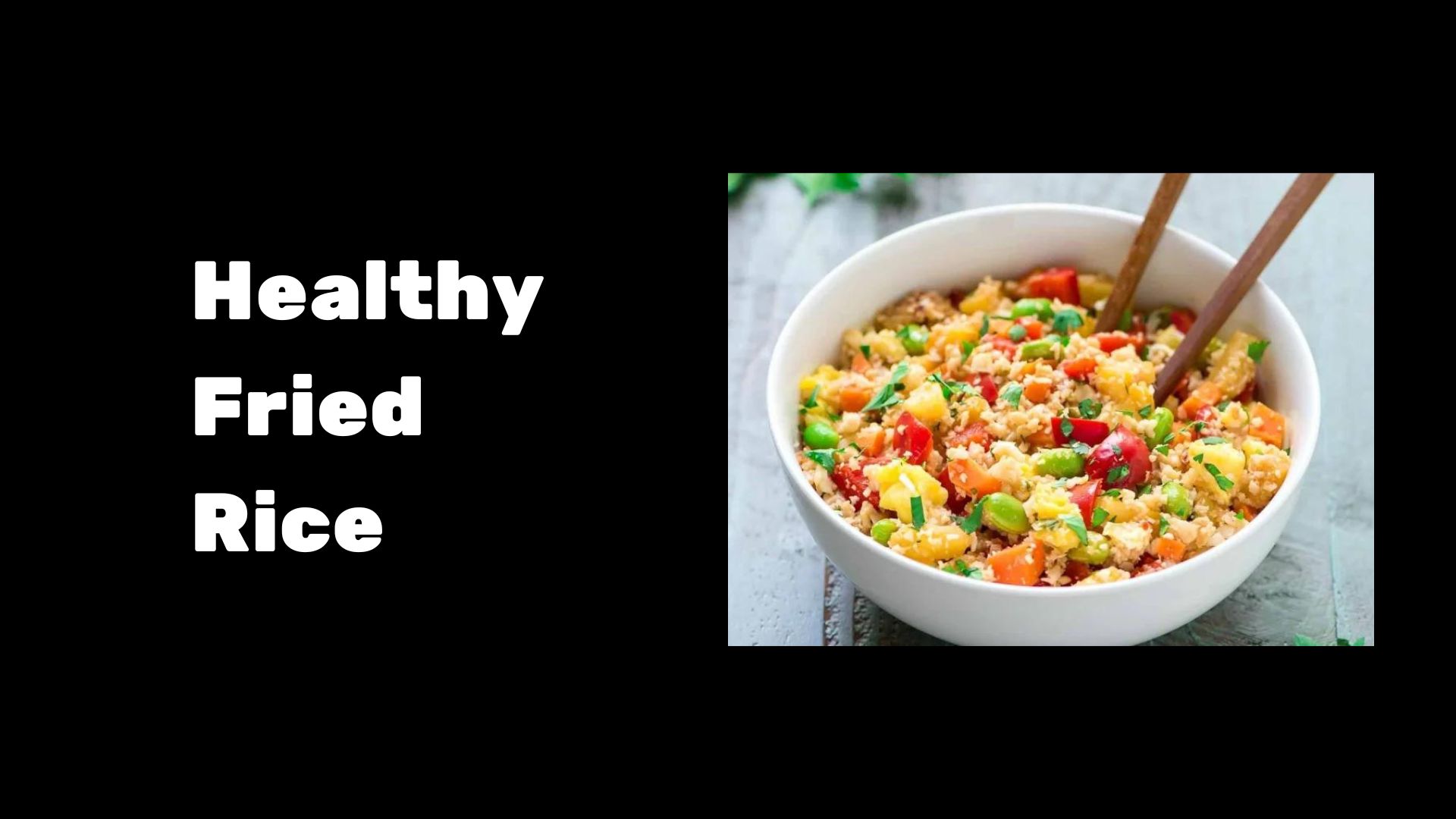
Ingredients: 3 green onions, 2 garlic cloves, 2 tbsp toasted sesame oil, 3 large eggs, 1 medium head cauliflower, 1 large bell pepper, 2 cups pineapple tidbits, ¼ teaspoon kosher salt, 2 medium carrots, 2 tbsp low sodium soy sauce, 2 tbsp sriracha sauce, and ½ cup shelled edamame, required quantity of rice.
Instructions: Cut the cauliflower in small pieces. Take another bowl and scramble the eggs. Add salt as per taste.Take one non stick pan, heat 1 tbsp grapeseed oil, mix eggs, carrots, bell pepper, pineapple and keep steering. Once the liquid is evaporated add garlic, green onions and edamame. Keep it on medium flame for 30 to 1 minutes.After cooked rice and mix it well. Top with green onion and cilantro.
What Do You Get?
For 1 of 4 servings: Fiber (7g), Vitamin C (168 mg), Iron (2mg), Carbohydrates (27g), Calories (230 kcal), Fat (10g), Calcium (98mg) and Cholesterol (123mg)
Healthy Kimchi Fried Rice
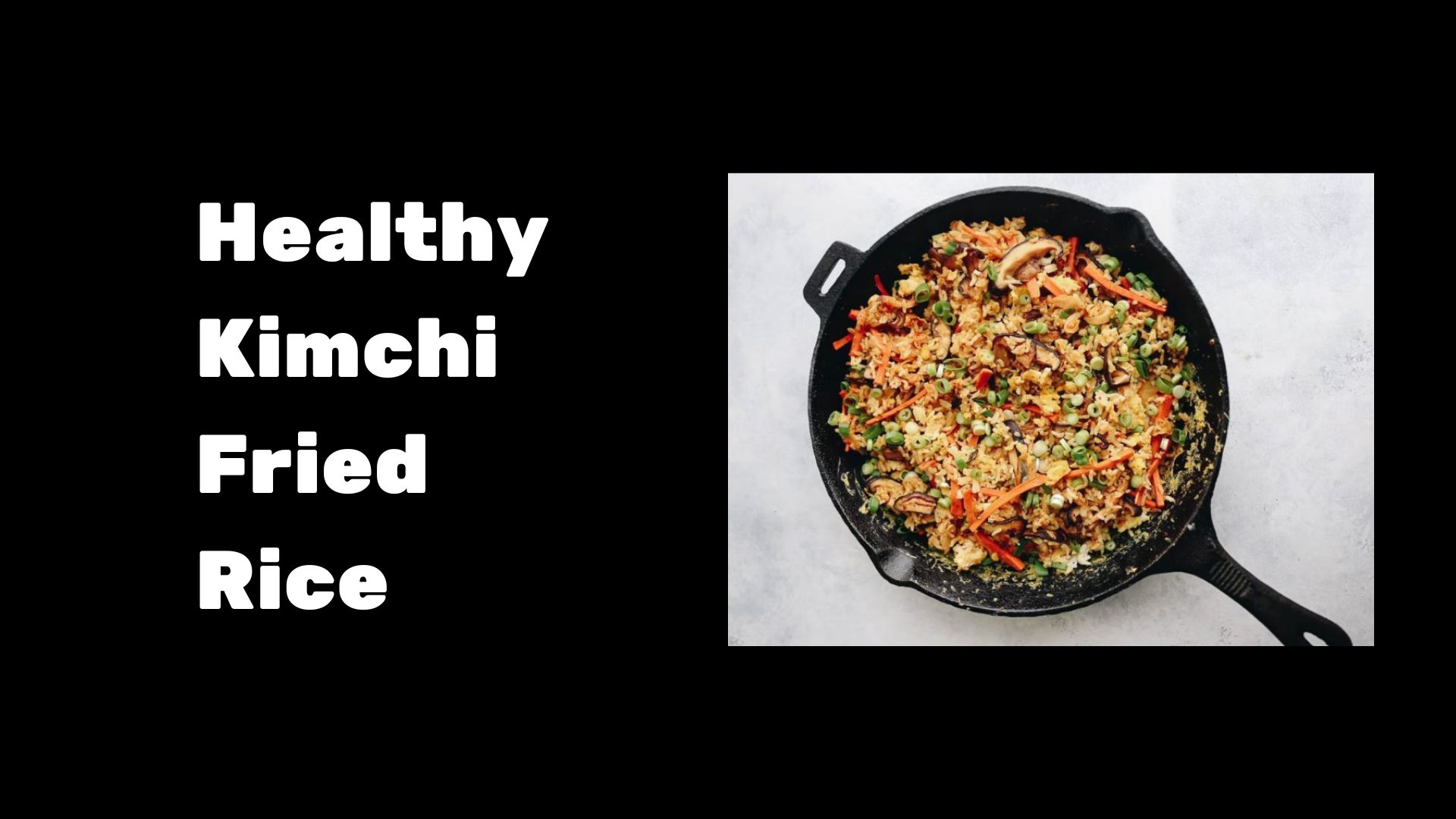
Ingredients: 1tbsp the or butter, ⅔ cup chopped scallions, 4 large eggs, ½ lb oyster, 1 peeled carrot that cut into shape of matchsticks, 1 cup dry jasmine rice, 1 tbsp avocado oil, and 3 tbsp soy sauce.
Instructions: Make rice as general instructions. Prepare the vegetables as in the ingredients. Heat a large pan and add oil or ghee, then add mushrooms and cook for 6 minutes on a high stove. Refrain from touching the mushrooms. Flip the sides of the mushrooms after 6 minutes and add kimchi and carrot, and cook for 4 to 5 minutes, Add rice and mix everything. Mix eggs, add scallions and soy sauce and blend everything.
Conclusion
If you are on a diet, you often come with a question of how many calories in rice are there? Should I eat rice while dieting or not? Well, few nutritionists say that, if you eat a small quantity of rice mixed with some vegetables, you are still following a healthy diet. Whereas, eating only rice with no other nutrients, in addition to excessive consumption, it can lead to weight gain or obesity as well as heart related issues. Rice is a perfect food to keep your hunger satisfied at certain levels. There are a variety of foods which can be paired with rice for maximum health benefit.
Sources
FAQ.
As a first and foremost step, rise the rice until the water becomes clear. If you have taken 1 cup of rice add twice the amount of water. It also depends on the type of the rice, for example long grain a requires a little more water while medium and short grain rice requires less water. If you are a beginner at cooking, you can add 2 cups of water for perfectly cooked white rice.
Rice can be perfectly stored under 40°F or below.Moreover, in cooler storage areas, it can be kept in sealed oxygen free containers which can last upto 30 years.
You can cook rice in a traditional pressure cooker or electric cooker. Moreover, it is also possible to cook the rice in a frying pan by covering it with the lid. But it requires more time and patience as compared to traditional cooking methods.
Brown rice is the best choice for a healthy diet, as it has more nutrients as compared to other types of rice. Brown rice can help in reducing cholesterol, and blood sugar problems. It features increased protein, fibre and calories. And is light to digest.
A rice grain has 4 levels such as hull at the outer level, followed by bran and white rice and germ at the core. Hull can be removed, while bran is a type of section which looks tan in texture depending on the type of rice. Although it can be consumed, before cooking it is generally. removed. White rice is the primary part of the rice grain which is consumed after cooking. The white remains are known as endosperms. The germ layer is totally opposite of what the name suggests. The germ is full of proteins, minerals and B Vitamins.
On average it takes between 30 to 60 minutes to digest. But, the digestion process is subjective and the average time may change according to an individual's health properties.
Cooked white rice with long grain has 130 calories per 100 grams.

By conducting scientific research, I write about illness, health and healthcare. As a professional medical writer, my experience includes creating feature articles for newsletters and websites as well as research news stories for doctors and researchers. Reading has been an integral part of me since childhood - I'm fan of "Friends" and the "Harry Potter series". Before this career, I was employed by a French multinational company. However, my passion for reading led me to pursue writing professionally; my first Amazon-published short story entitled "The envelope that changed our lives" has recently been released. In my free moments, I enjoy long bike rides around town.
